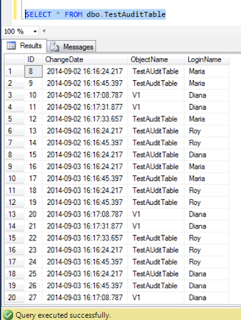Rainbow in the Cloud
Cloud technologies burst into our lives without asking our permission. At the beginning many of us thought the only thing that it brings would be the thunder and the rain. Time shows that, instead, it might even bring some color to our skies. Today, on a first day Keynote of the 16th PASS Summit, Microsoft representatives -Corporate VP Data Platform, Cloud & Enterprize T.K. "Ranga" Rengarajan, - General Manager of Power BI James Phillips - Corporate VP Information Management &Machine Learning Joseph Sirosh took stage one after another talking about the Microsoft Data Platform and what it can offer in the cloud space. They have talked about the explosion of all kinds of data devices. Those devices produce enormous amounts of data. Many also consume enormous amounts of data. This data is changing the way we work, the way we do business, and the way we live. We all depend on data to make decisions. Microsoft Data Platform allows us to do
